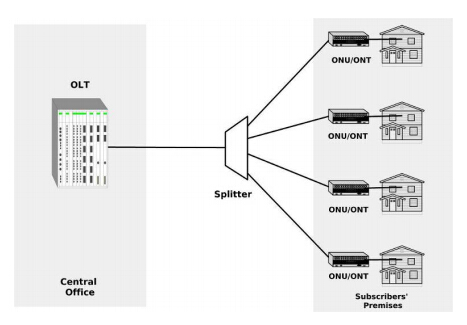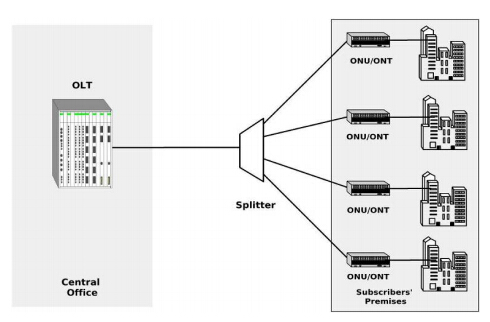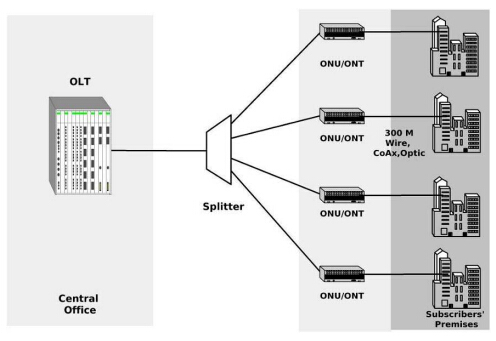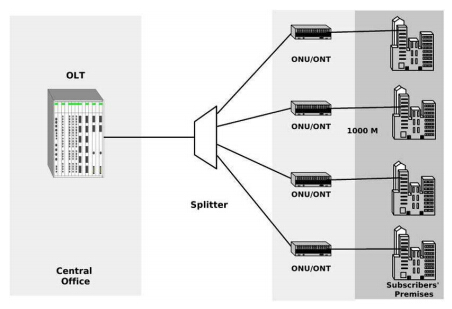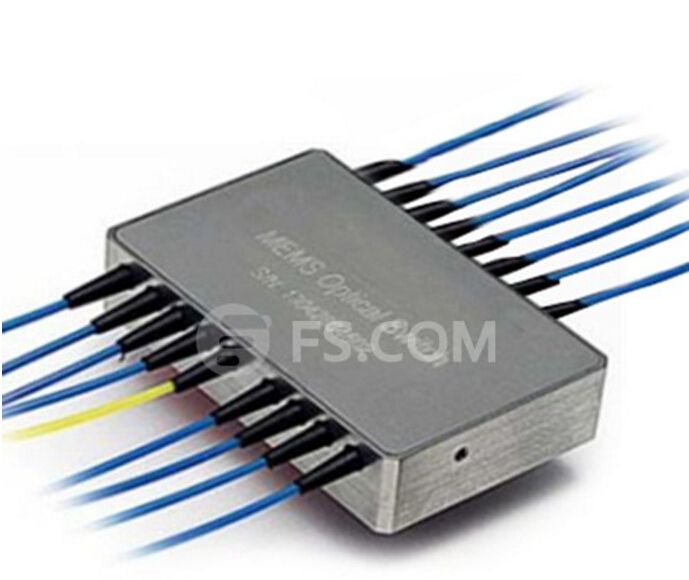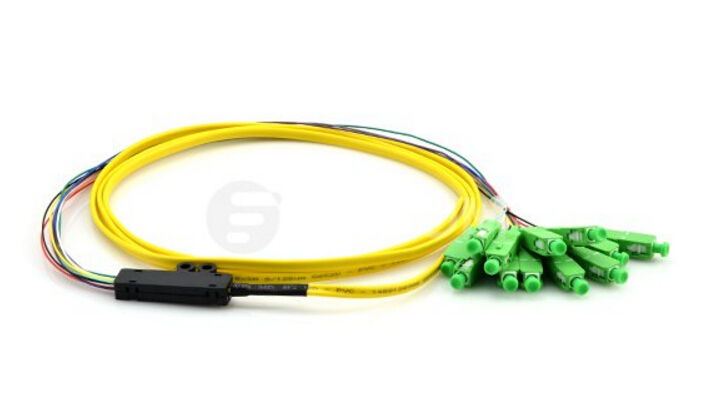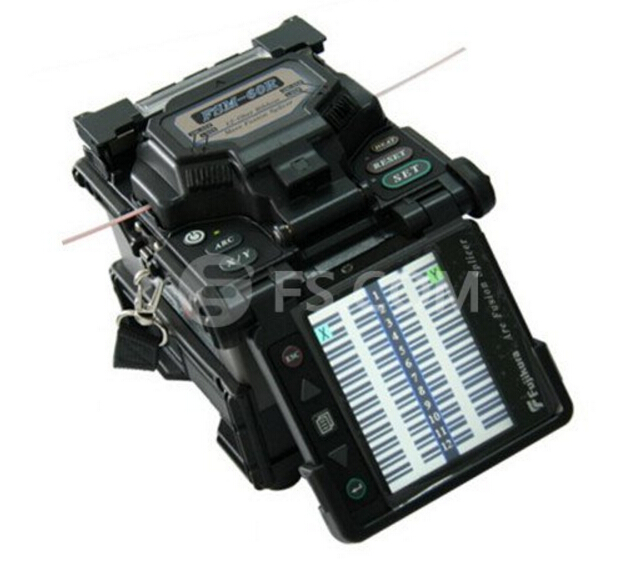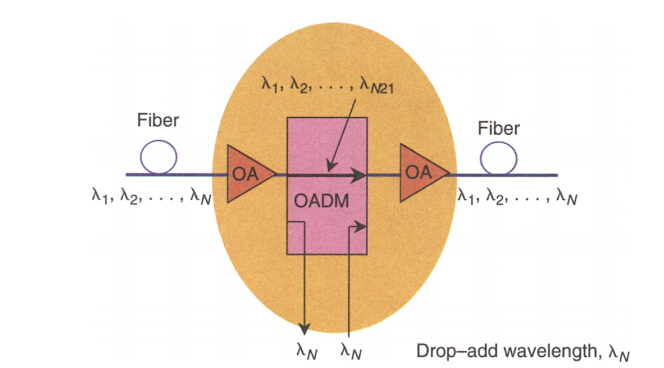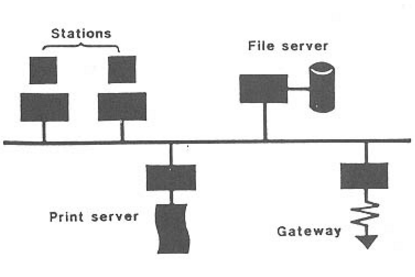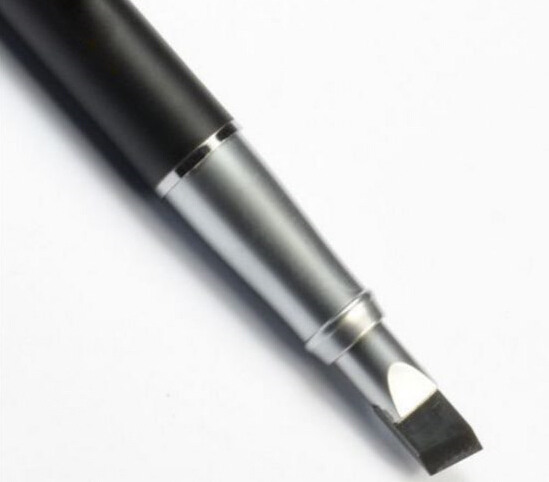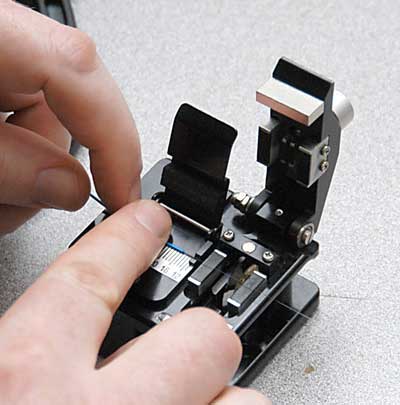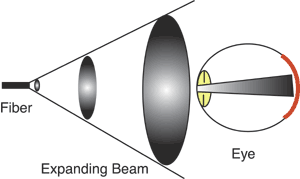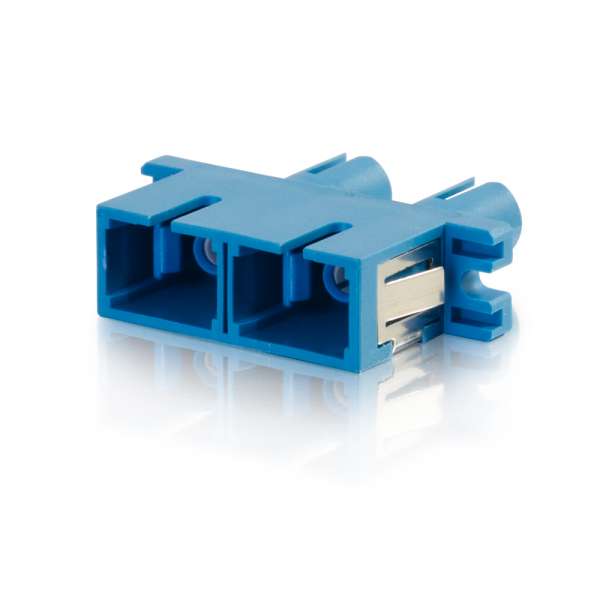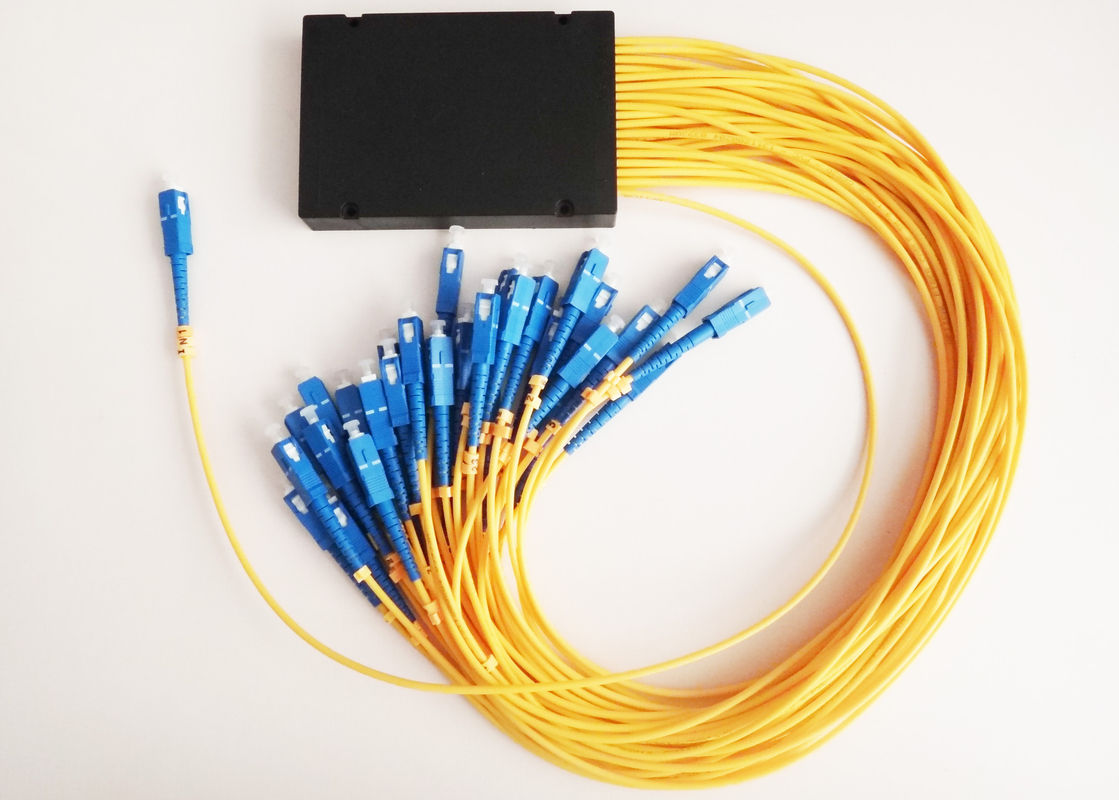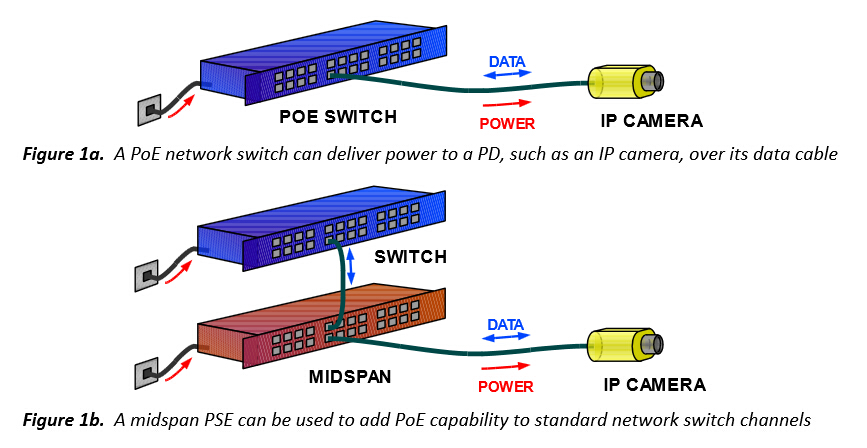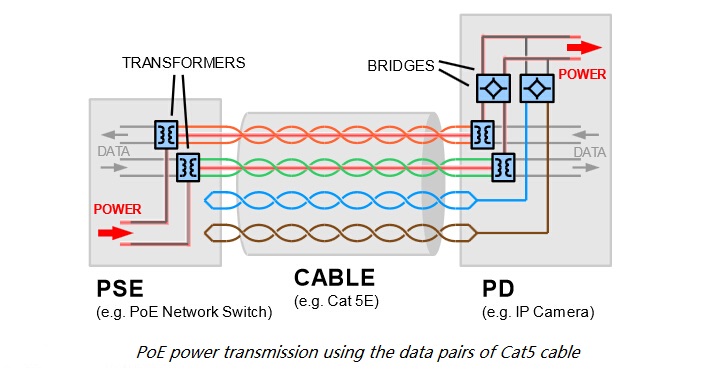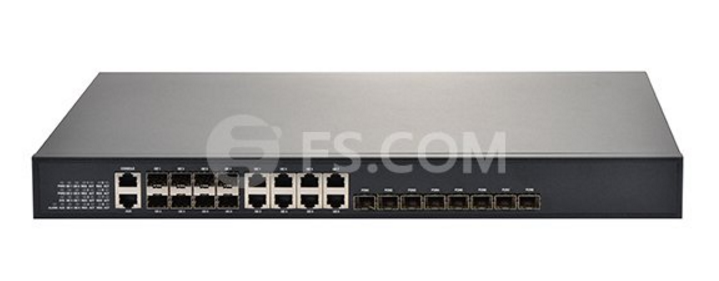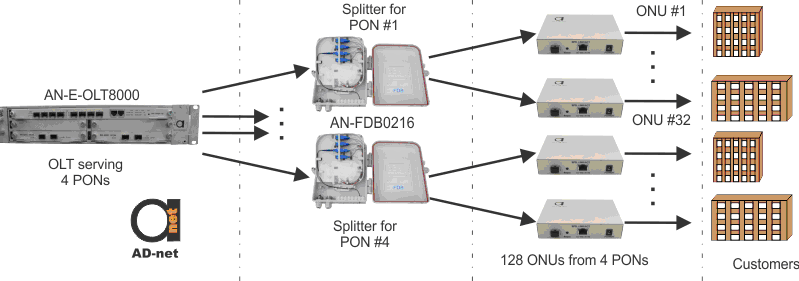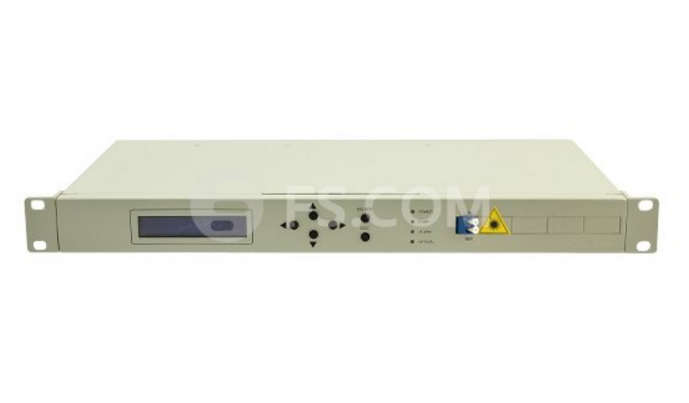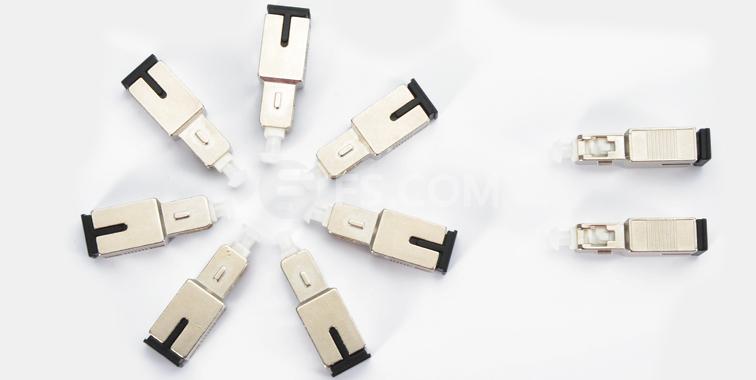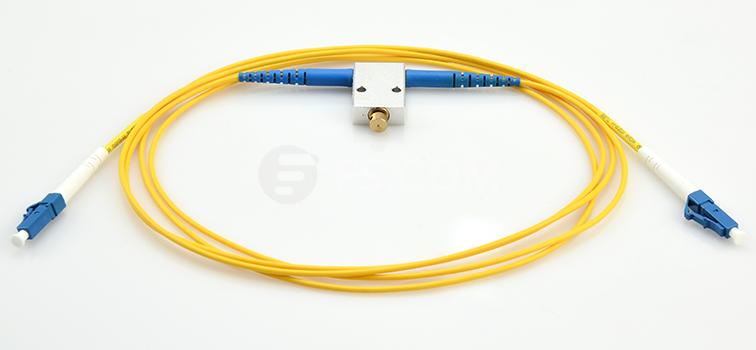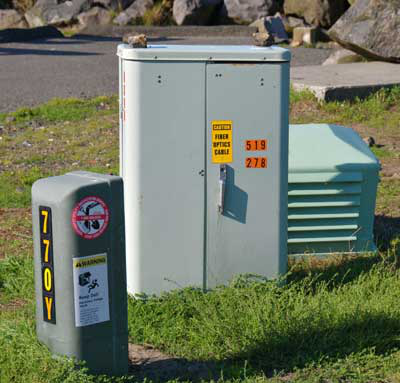Optical backbone networks which based on SDH/SONET and WDM technologies are designed mainly for voice applications. However, it gradually fails to satisfy current needs triggered by rapid growth of data traffic. Thus, resources available to users often cannot be allocated properly because of the inherent inflexibility of manually provisioned large-scale optical networks. While with the advances in optical component technology, a significant amount of attentions are attached to the emerging technology of Automatically Switched Optical Networks (ASON), which enables more dynamic and diversified networking that may change the network characteristics dramatically.
Definition of ASON
As its name indicates, an Automatically Switched Optical Network (ASON) is an “intelligent” optical network that can automatically manage the signaling and routing through the network. However, in traditional network backbone, it was rather necessary to configure cross-connections in the network elements, an optical switch for example, to create a new traffic path for a customer. ASON is an optical transport network with dynamic connection capability, and this capability is achieved by using a control plane that performs the call and connection control functions. ASON aims to automate the resource and connection management within the network.
ASON uses the Generalized MPLS (GMPLS) signaling protocol to set up and monitor edge-to-edge transport connections. Switching technologies used in ASON range from single fiber switching to wavelength switching and to optical packet switching. And the components required for the switching are optical cross connects (OXCs), wavelength converters and optical add/drop multiplexers (OADMs).
Importance of ASON in Optical Network
In an optical network which is not based on ASON technology, when it comes to the need for more bandwidth, a new connection may be required. Thus the service provider must then manually plan and configure the route in the network, which is proved to be time-consuming. Moreover, it would waste a lot of bandwidth thus to cause inevitable problems to the whole network since bandwidth is increasingly becoming a precious resource. And the optical networks in the near future bear expectations to efficiently handle resources. ASON can fulfill some of these requirements for optical networks, which are listed below:
- Fast and automatic end-to-end provisioning
- Fast and efficient re-routing
- Support of different clients, but optimized for IP
- Dynamic set up of connections
- Support of Optical Virtual Private Networks (OVPNs)
- Support of different levels of quality of service
What should be noticed is that these requirements are not restricted to optical networks but can be applied to any transport network.
Architecture of an ASON
The layered transport plane, also referred to as data plane, represents the functional resources of the network which conveys user information between location. Transfer of information are either bi-directional or unidirectional. The transport plane can also provide transfer of some control and network management information.
Basically, the logical architecture of an ASON can be divided into 3 planes: transport plane, control plane and management plane.
The transport plane contains a number of switches, and these switches can either be optical switch or other types. Which are responsible for transporting user data via connections. These switches are connected to each other via physical interface (PI).
The control plane is responsible for the actual resource and connection management within an ASN network. It consists of a series of optical connection controllers (OCC), interconnected via network to network interface (NNIs). These OCCs have the following functions:
- Network topology discovery (resource discovery)
- Signaling, routing, address assignment
- Connection set-up/tear-down
- Connection protection/restoration
- Traffic engineering
- Wavelength assignment
The management plane, on the other hand, is responsible for managing the control plane. Its responsibilities include configuration management of the control plane resources, routing areas, transport resource in control plane and policy. It also provides fault management, performance management, accounting and security management functions. The management plane contains the network management entity which is connected to an OCC in control plane via the network management interface for ASON control plane (NMI-A) and to one of the switched via network management interface for the transport network (NMI-T).
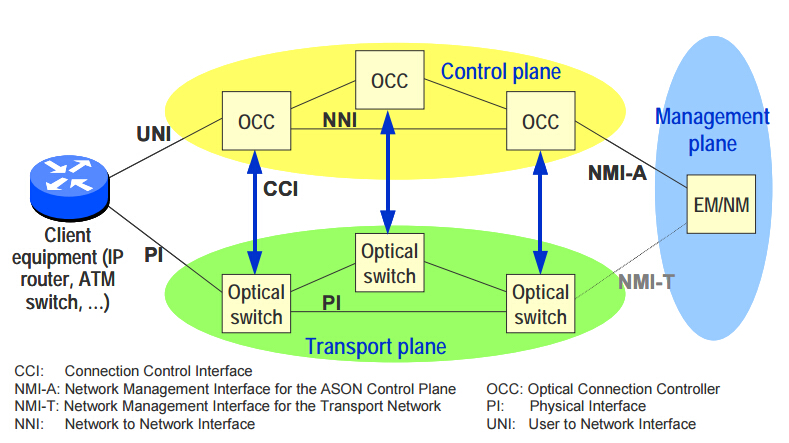
Conclusion
To sum it up, ASON can help to meet user requirements on a more realistic economical basis without resource consuming over-provisioning. Moreover, it also contributes to offering a good platform to realize a more cost-effective networking environment. I hope what presented above would help you to have a better understanding of ASON.
